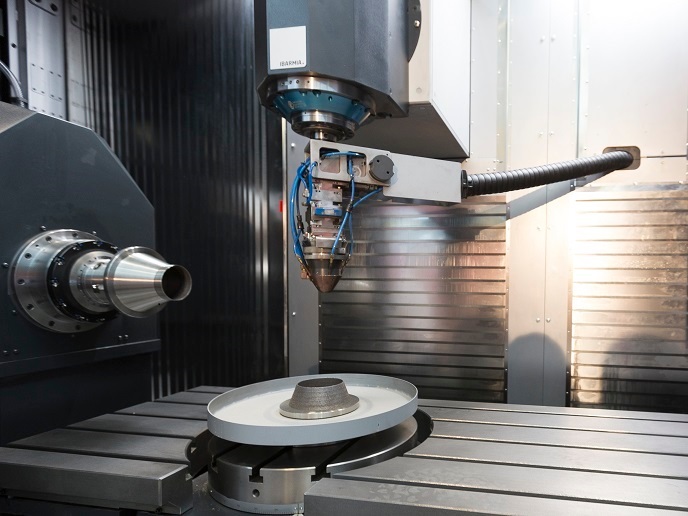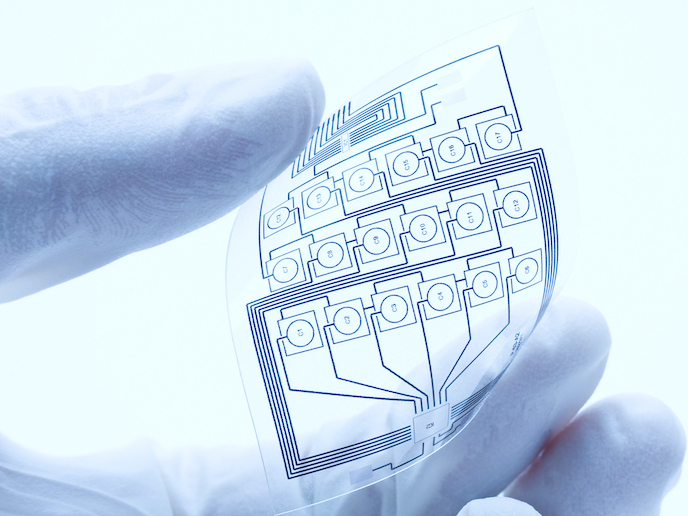Innovation steps in industrial machining processes
In current manufacturing practice, workpieces after short machining need to be transported to the surface hardening bay, cleaned and subjected to heat treatment. They are then discharged, moved back and incorporated into the production line for a final precision surface finish. On the other hand, during grinding undesirable changes of the mechanical properties generated by heat treatment can result from thermo-mechanical processes. Experimental studies demonstrated that heat generated in the contact zone between conventional grinding wheels and workpiece can be used to induce metallurgical transformations necessary to harden the material's surface. The workpiece surface is locally heated above the austenitisation temperature and is subsequently quenched to increase surface hardness. The final hardening was substantially dependent on the material properties and the grinding wheel specifications, but could be controlled by the grinding parameters. Within the European project ENGY, researchers at the University of Bremen evaluated a wide range of suitable machining parameters in order to achieve a uniform hardness penetration depth of >0.5mm. In addition to cutting speed, feed and infeed rate, different application methods of coolant lubricants were examined in order to determine the optimum machining strategy. Furthermore, test tapered workpieces were developed by means of which the definition of the optimum machining parameters could be significantly shortened. Past structural investigations and hardness measurements, as well as residual stress and fatigue analyses have proved that grind-hardening can be a cost-effective alternative to conventional surface layer hardening processes. Besides high precision and life-long performance, grind-hardening tools developed by the ENGY project partners can provide for shorter process chains for the manufacture of steel hardened components.







